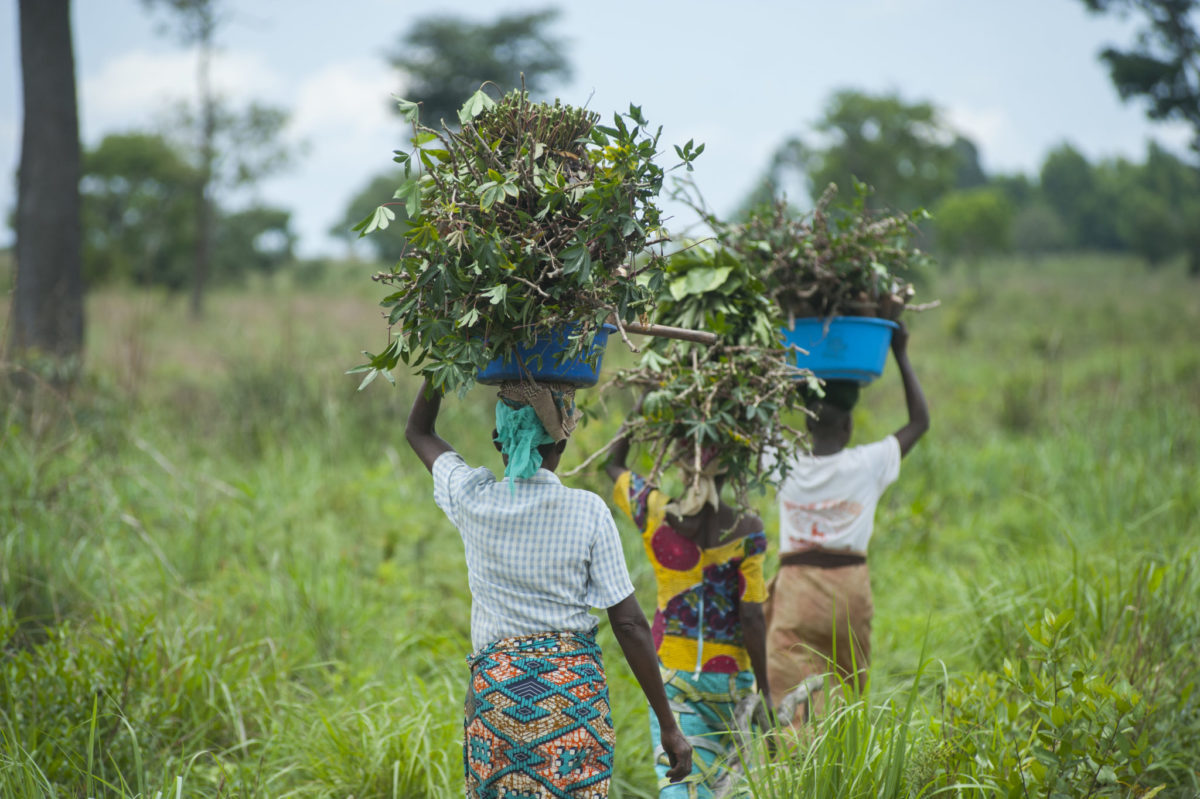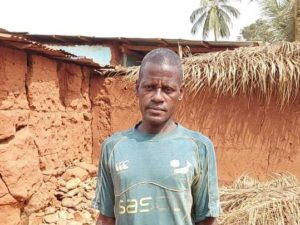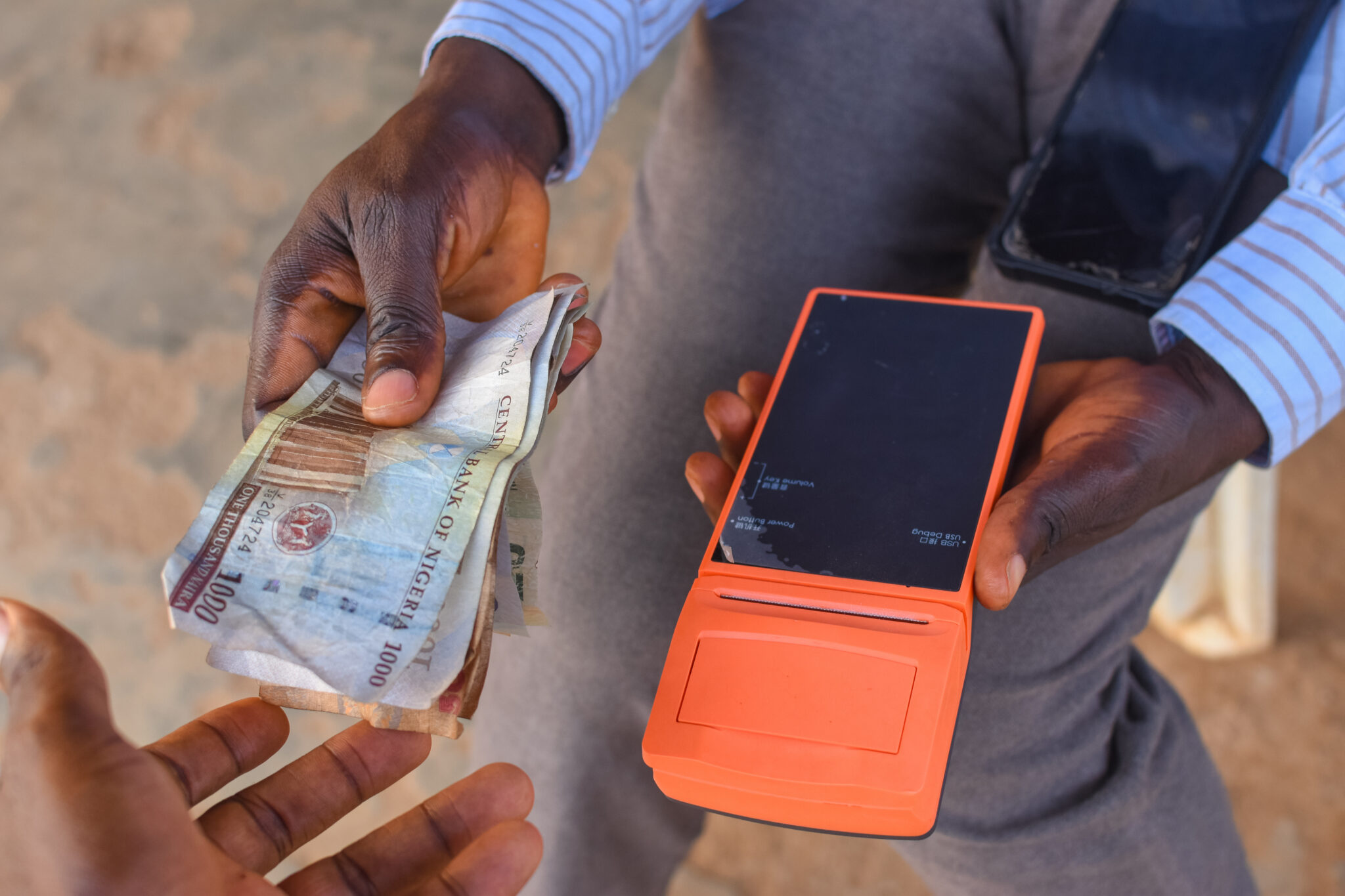Innovations in the DRC Leverage Innovation from Digital Aid Program in Togo

Women carrying Cassava in Kahemba, Democratic Republic of the Congo. Credit: EU Civil Protection and Humanitarian Aid
Research and technology that underpinned Togo’s Novissi cash transfer program – based in part on research led by faculty co-Director Josh Blumenstock and funded by CEGA – informed a new strategy for targeting aid in the Democratic Republic of the Congo.
In the Democratic Republic of the Congo (DRC), roughly 75% of the population of 60 million lives on less than $1.90 per day. The country continues to experience several internal conflicts and ranks as one of the least developed in the world despite immense natural resources, according to the World Bank’s Human Development Index.
As the COVID-19 pandemic persisted into a second year, Congolese government officials became acutely aware of the extent to which widespread job loss, price increases, and plummeting remittances had disproportionately impacted their poorest citizens.
At the same time, Togo’s flagship Novissi cash transfer program had shown success in targeting Togo’s poorest for cash transfers. Novissi used Blumenstock’s research, supported by CEGA, to identify the Togolese citizens with the greatest need for humanitarian support in the wake of the COVID-19 crisis. The new approach, pioneered by Blumentock and his team, used machine learning combined with mobile phone records and satellite data to target hundreds of thousands of individuals – and subsequently send cash to them with support from partner NGOs GiveDirectly and Innovations for Poverty Action.
In December 2021, the Congolese Government launched a similar COVID-relief program in the capital, Kinshasa, with backing from the World Bank, and technical support from GiveDirectly. The program utilized mobile phone records and satellite imagery to target individuals living in high poverty urban neighborhoods.
With this new approach, the Congolese Government targeted more than 50,000 citizens in urban poverty in just three months. Those enrolled received $25 in automatic, unconditional mobile payments for six months – representing more than 25% of recipients’ average monthly household income.






